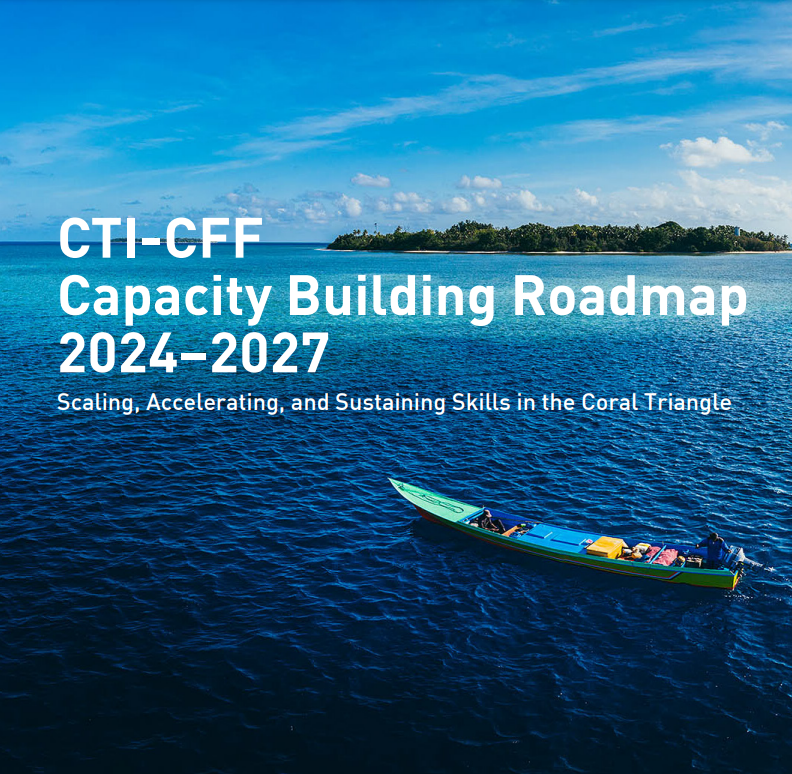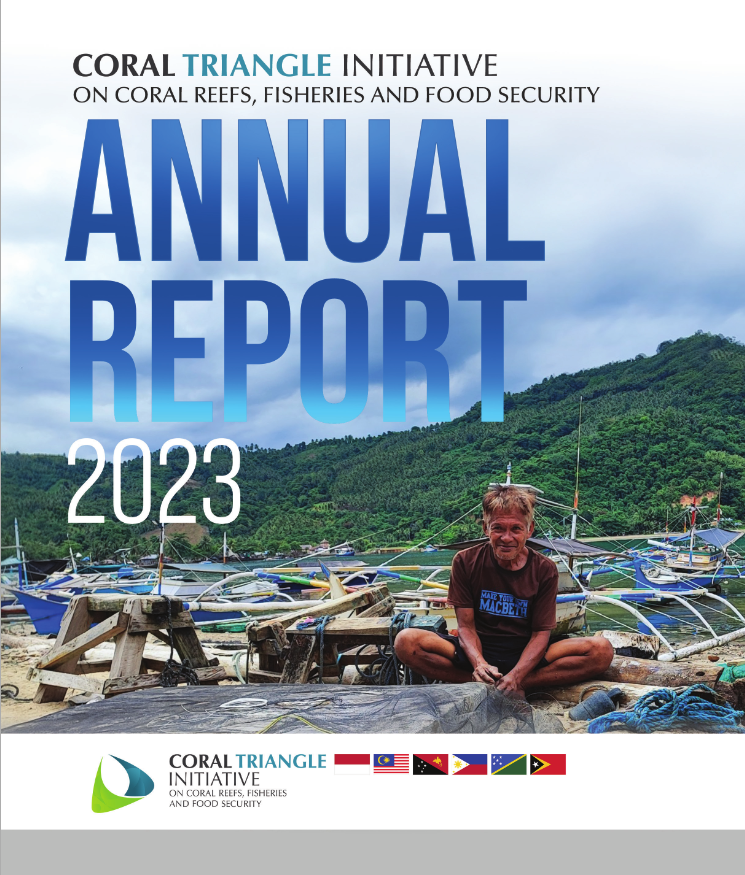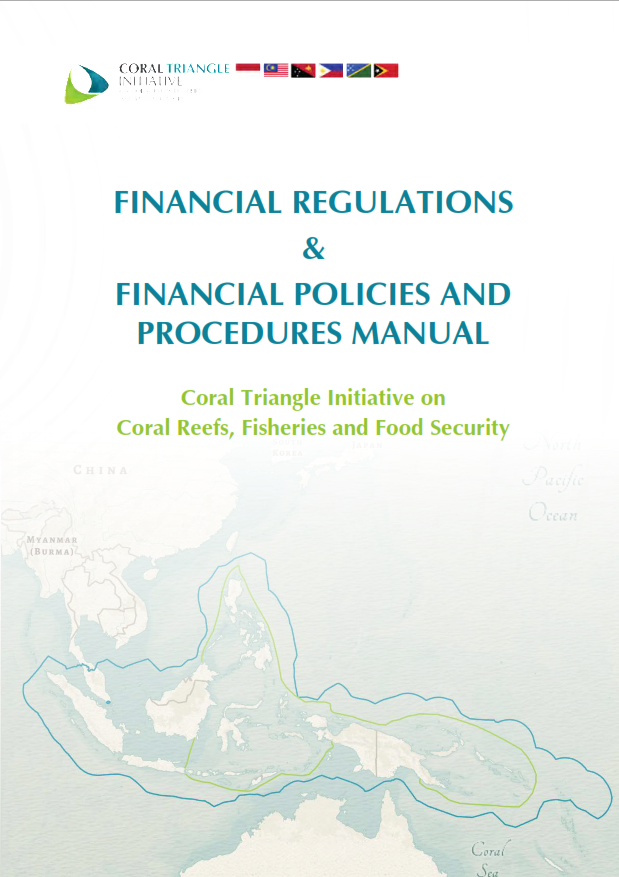Value of Coral Triangle Reefs’ Fisheries Estimated at US $3 Billion
A new study estimates that reef fishes in the Coral Triangle are worth $3 billion, comprising 30% of the total value of commercial fisheries in the region, based on datasets gathered from the Food and Agriculture Organization.
This figure is probably an underestimate and does not include the value of small reef fish species eaten by tunas, estimated at $150 million. The study also estimates that coral reef ecosystems in the region support employment of about 15 million small-scale fishers.
The study, called The Economics of Fisheries and Aquaculture in the Coral Triangle, was commissioned by the Asian Development Bank (ADB) and cofinanced by the Global Environment Facility (GEF) and the Australian Agency for International Development to estimate the cost needed to protect and conserve the Coral Triangle ecosystems.
More than 2,500 species of reef fish can be found in the Coral Triangle area, an ecoregion which includes Malaysia, Indonesia, the Philippines, Timor-Leste, Papua New Guinea, and the Solomon Islands—collectively known as the CT6. One of the unique features of the fisheries in the CT6 is its high biological diversity and wealth of marine resources that are locally exploited for commercial purpose and subsistence.
In the Solomon Islands, coral reef ecosystems supply fishing communities with a substantial portion of their fish food, materials, and trade at an average of SI$18,000–75,000 per respondent per year, based on a survey from the World Fish Center (as of this writing, the exchange rate of SI$ to US$ was 7.1:1).
“We cannot overemphasize the importance of the Coral Triangle Initiative (CTI),” says Patrick Safran, principal officer on fragile situations of the Pacific Department at ADB. “Food security, livelihood, and economies of the CTI countries in Southeast Asia and the Pacific mainly depend on coral reef ecosystems and their coastal and marine resources. We certainly would not want to see a future where families living near the coastline could no longer fish and feed themselves.”
Safran adds that people living in the Coral Triangle area cannot afford to maintain a “business as usual” approach and risk losing the opportunity to keep, if not increase, the values (economical, ecological, and sociocultural) of these resources.
Through various technical assistance projects, ADB and GEF support the Coral Triangle countries in Southeast Asia and the Pacific to build capacities, enhance policies, and undertake conservation projects to ensure that coral reef ecosystems are resilient enough to withstand and recover from human and natural disturbances and pressures. Some of these initiatives include habitat mapping, establishment of marine protected areas, preparation of integrated coastal zone management plans for selected coastal areas, and building capacities in ecosystem-based fisheries management from national to community level.
Source: Coral Triangle Knowlegde Network
To download the study, follow the links below:
The Economics of Fisheries and Aquaculture in the Coral Triangle
Pacific Studies Series: Fisheries in the Economies of the Pacific Island Countries and Territories



